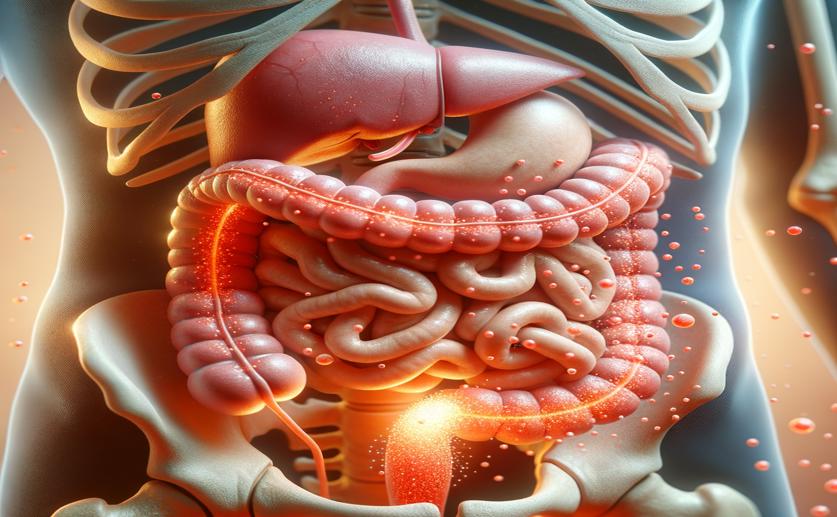
How Bile Salts Affect Intestinal Health
Greg Howard
26th June, 2024

Image Source: Natural Science News, 2024
Key Findings
- The study by Instituto de Ciencias Marinas focused on the effects of different bile salts on the intestine of gilthead sea bream
- All tested bile salts promoted ion absorption, especially in the posterior intestine
- High concentrations of a bile salt mixture increased tissue permeability, indicating potential adverse effects
BiochemAnimal ScienceMarine Biology
References
Main Study
1) Effect of bile salts on intestinal epithelial function in gilthead seabream (Sparus aurata)
Published 25th June, 2024
https://doi.org/10.1007/s10695-024-01369-8
Related Studies
2) A guide to Ussing chamber studies of mouse intestine.
3) Water absorption and bicarbonate secretion in the intestine of the sea bream are regulated by transmembrane and soluble adenylyl cyclase stimulation.
4) Parathyroid hormone-related protein regulates intestinal calcium transport in sea bream (Sparus auratus).
Journal: American journal of physiology. Regulatory, integrative and comparative physiology, Issue: Vol 291, Issue 5, Nov 2006
5) Integrity of the Intestinal Barrier: The Involvement of Epithelial Cells and Microbiota-A Mutual Relationship.



 14th May, 2024 | Jim Crocker
14th May, 2024 | Jim Crocker